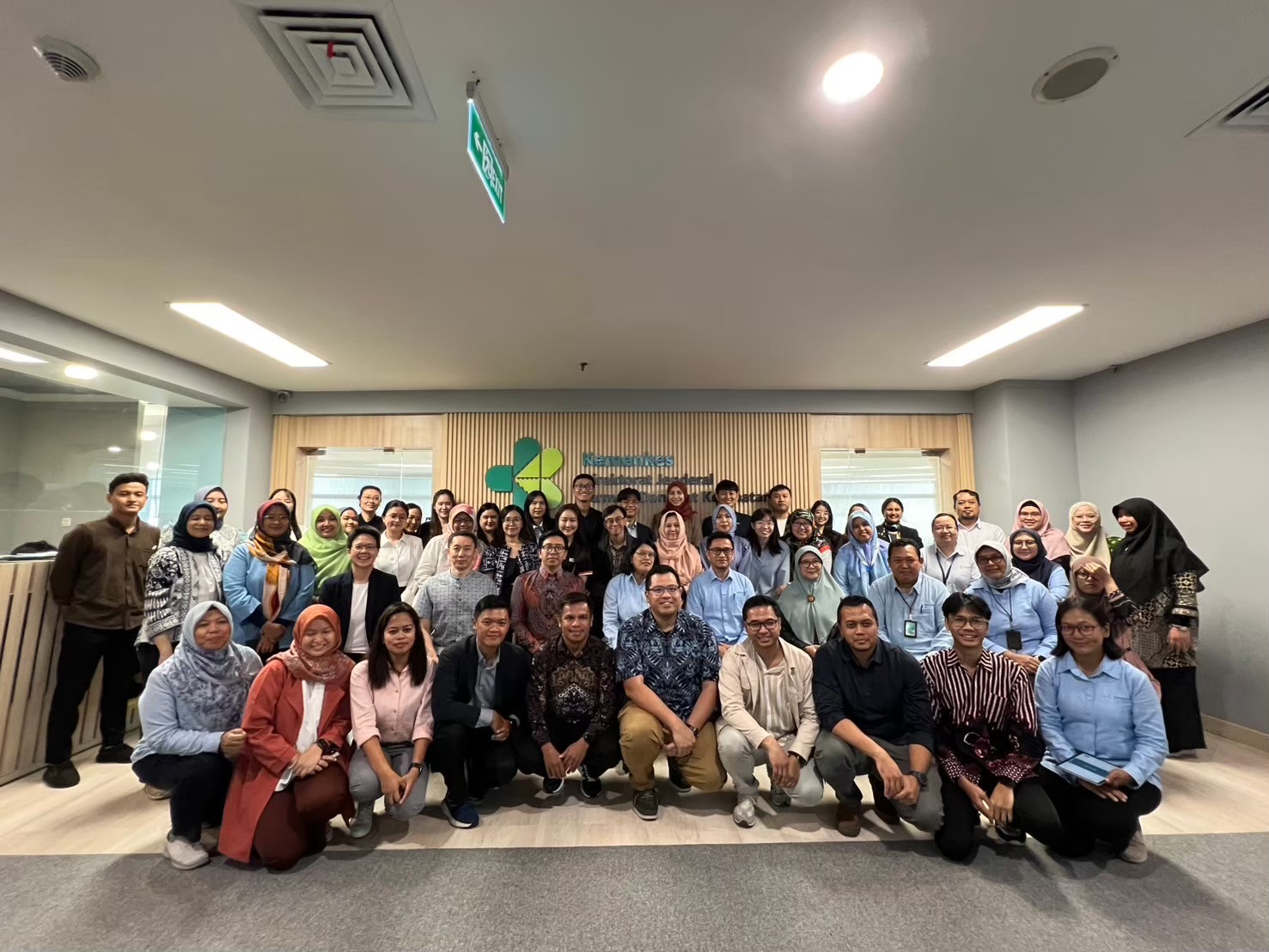[PRESS RELEASE] Cross-Border Insights into Lao PDR’s Evidence-Informed Health Policy with HTA: First-Ever Study Maps the Way Forward




The application “Clubhouse” has phenomenally shaken the world of social media, with an increase of 5 million active users within 2 months. The platform interests us with an unorthodox way of socialising, a voice-only interaction without visualised media. Some may see it as a weakness of this application; however, it connects people with the celebrities and well-known figures from many parts of the world in an easy and comfy way. Unfortunately, there is a group of people who cannot enjoy this application. They are the hearing impaired.
With reference to the statistic collected in March 2019 on those who possessed ‘disability identity cards’, the number of people with hearing impaired in Thailand is 372,189, ranked the second most population of the disabilities following the mobility disabled. One of the reasons that contributes to hearing loss is that the hair cells in the internal ears, which work as a sound receptor, are damaged or malfunction.
Many may know of a technology called “hearing aid”. The device amplifies voices for those who cannot hear well. However, for the hearing impaired whose hair cells in the internal ears do not work properly, the hearing aid acts like shouting to a paper cup phone with damaged string. No matter how loud the sound is, it does not help the listeners hear or understand that voice better as their voice carrier is not functioning properly. The solution to this type of disability is to undergo cochlear implant surgery, which is like creating a sound bypass that reach the auditory nervous system directly.
Those who have been implanted with the device will be provided with a microphone settled on their helix. The voice goes through the microphone and gets converted from audio into electrical signal. The signal travels to the electric receptor, which is embedded in the skull, and is transferred to the auditory nervous system. Those eligible for this surgery must experience hearing loss in both ears, gain little or no benefit from hearing aids, and be able to undergo post-cochlear implant aural rehabilitation.
However, there are significant obstacles that challenge the hearing impaired to approach the treatment.
1. The expenditure is catastrophic. If the disabled select to pay for the treatment themselves, they will have to prepare at least 1 million THB (about 33,000 USD) to suffice as the sole cost of the device is around 8 hundred thousand THB (about 27,000 USD). There are also the cost of surgery, the device maintenance, and post-cochlear implant aural rehabilitation.
2. Most of the skilled providers stay in urban areas. The hearing impaired who live in the distance must have additional expenses on travelling to the hospital.
3. There are very few speech-language pathologists and audiologists (therapists for those who are deaf) in Thailand. They must graduate from the school of hearing recovery or communication disorder, which are considered scarce in Thailand, and receive master’s degree to start this job. That means the therapists are not enough compared to the number of demands.
Know more about this occupation by clicking https://www.hitap.net/175160
4. In Thailand, only people in the list of Civil Servant Medical Benefit Scheme are privileged to benefit the cochlear implant surgery. Those who are not listed must rely on their own.
If you would like to read more details about the overall cochlear implantation services in Thailand, you can access to the full report of “Service availability and readiness assessment of cochlear implantation and rehabilitation services in Thailand” research here https://www.hitap.net/en/research/175125
Good news for the hearing impaired. The rechargeable cochlear implant device has now been included in the health benefit package of Universal Coverage Scheme. Even though the benefit is provided only for children under 5 years old, it is a good start for the healthy society.